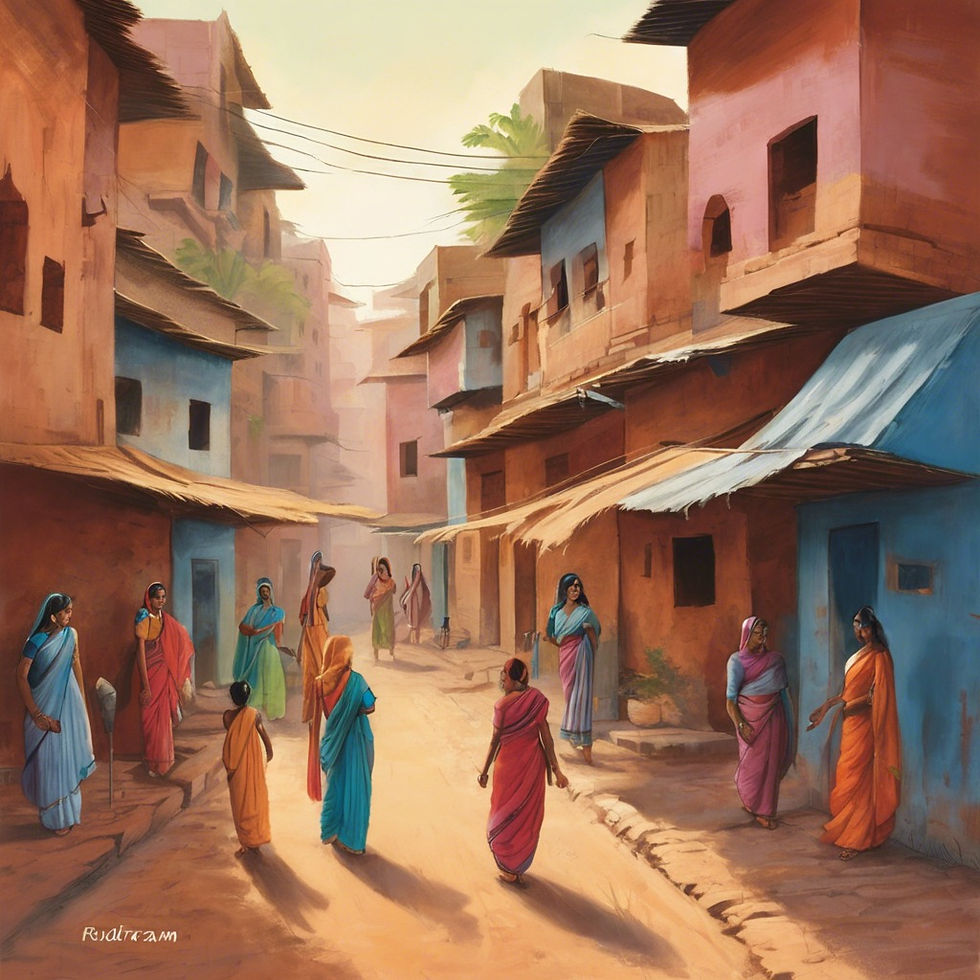Introduction: Rudraram, located on the outskirts of Hyderabad, exemplifies the peri-urban phenomenon, characterized by the interface between urban and rural elements. Exploring Peri-Urban Dynamics: A Case Study of Rudraram. Let's delve into the unique dynamics of Rudraram as a peri-urban zone and explore its evolution, challenges, and opportunities.
Evolution of Rudraram as a Peri-Urban Zone:
Urban Expansion: Rudraram has witnessed rapid urbanization, driven by its proximity to Hyderabad's urban core and infrastructural developments such as the Outer Ring Road.
Mixed Land Use: The area showcases a blend of agricultural land, industrial zones, residential developments, and commercial establishments, reflecting its transitional nature.
Residential Growth: With the emergence of gated communities and housing projects, Rudraram has become an attractive residential destination for urban migrants seeking affordable housing options.
Challenges Faced by Rudraram:
Infrastructure Deficits: Rudraram grapples with inadequate infrastructure, including road networks, water supply, and sewage systems, hindering its transition to a fully urbanized area.
Environmental Pressures: Urban expansion encroaches upon agricultural land and green spaces, posing environmental challenges such as soil degradation and loss of biodiversity.
Governance Issues: The governance framework in Rudraram struggles to cope with the complexities of peri-urban development, leading to issues related to land use planning, service delivery, and regulatory enforcement.
Opportunities for Sustainable Development:
Integrated Planning: Rudraram can benefit from holistic planning approaches that balance urban growth with environmental conservation and agricultural sustainability.
Infrastructure Investment: Targeted investments in infrastructure, including roads, water supply systems, and waste management facilities, are crucial for enhancing livability and resilience.
Community Engagement: Engaging local communities and stakeholders in decision-making processes fosters ownership and ensures that development initiatives align with their needs and aspirations.
Conclusion: Rudraram serves as a microcosm of peri-urban challenges and opportunities, reflecting the broader trends of urbanization and rural-urban transitions. By adopting a proactive and participatory approach to planning and development, Rudraram can navigate its peri-urban dynamics effectively and emerge as a model for sustainable peri-urban growth.


Comments